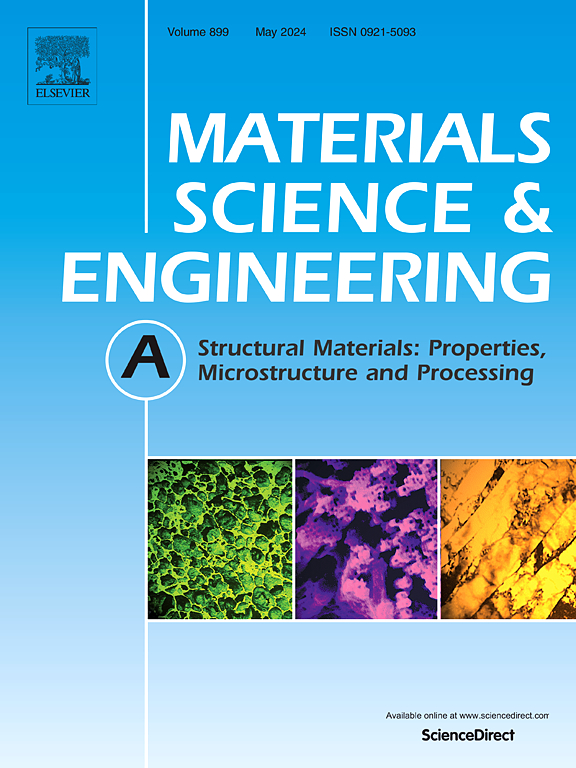Prediction of the compressive strength and carpet plot for cross-material CFRP laminate based on deep transfer learning
IF 6.1
2区 材料科学
Q1 MATERIALS SCIENCE, MULTIDISCIPLINARY
引用次数: 0
Abstract
The correlation mechanism between different Carbon fiber-reinforced polymer (CFRP) materials is unclear, and mechanical modeling cannot be rapidly promoted through knowledge sharing, which increases the time and cost of new material development and reduces the efficiency of accumulated data. In this paper, a Bi-Stage Optimize Deep Neural Networks (BSO-DNN) with Transfer Learning(TL) machine is proposed as a mechanics modeling method, which is ‘tailor-made’ for different materials, improving the accuracy of modeling and using efficiency of data. A compressive strength prediction model for FRP laminates was constructed by combining the components and process. TL-BSO-DNN significantly improves the robustness of the model, the predicted values are closer to the real sample distributions, and the accurate distributions provide reliable design and allowable values for the further use of the materials, which reduces the MRE of the model by 6.9 % and 8.3 %, and the RMSE by 58 % and 64 % in test set 1 and test set 2, respectively. Based on the predicted value and the prediction model, the relationship between the ply ratio and the compressive strength is reasonably extrapolated by data-driven, and the carpet plots are designed. The combination of data-driven, deep neural networks and transfer learning has brought direct benefits to the rapid construction of mechanical models, the effective improvement of modeling accuracy, the reasonable extrapolation of performance plots, and the rapid exploration of new materials.
求助全文
约1分钟内获得全文
求助全文
来源期刊

Materials Science and Engineering: A
工程技术-材料科学:综合
CiteScore
11.50
自引率
15.60%
发文量
1811
审稿时长
31 days
期刊介绍:
Materials Science and Engineering A provides an international medium for the publication of theoretical and experimental studies related to the load-bearing capacity of materials as influenced by their basic properties, processing history, microstructure and operating environment. Appropriate submissions to Materials Science and Engineering A should include scientific and/or engineering factors which affect the microstructure - strength relationships of materials and report the changes to mechanical behavior.
 求助内容:
求助内容: 应助结果提醒方式:
应助结果提醒方式:


